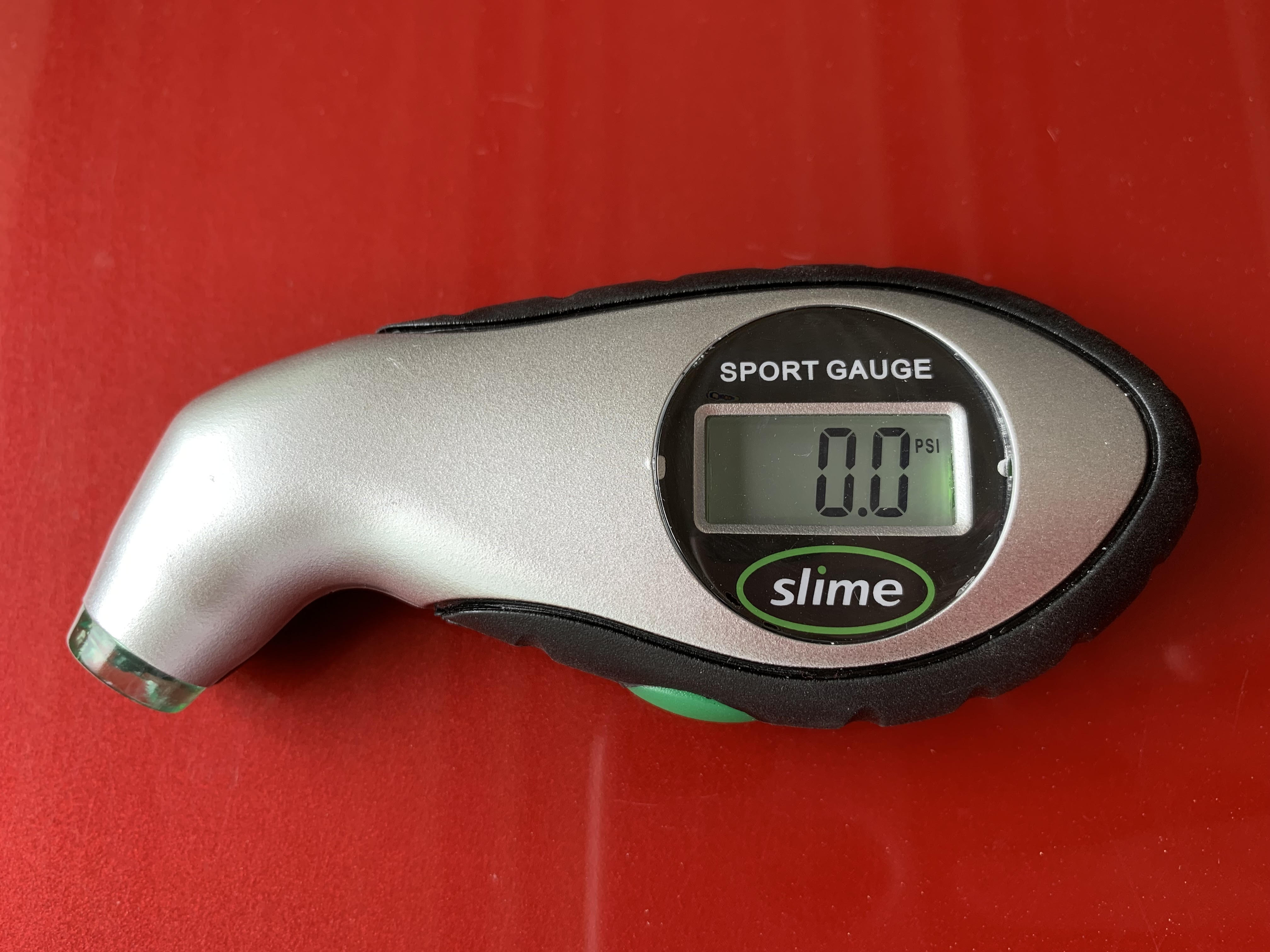I was driving home from a friend’s house on the other side of the city recently when my tire pressure light came on. It was late at night, and I wasn’t too far from home, so I decided to ignore it for the moment. I was heading out the door about a week later and I noticed my front tires were looking low. I knew I needed to add air, but I was in a hurry, so again, I dismissed the alert when turning on my car and went about my drive. Flash forward another a week and I finally decided I couldn’t put it off any longer and took my car to a gas station to fill my tires. I looked at the sticker on my car door to find out the recommended PSI for my tires. Then I checked my tire pressure. To my surprise (and horror), my front tires were at 25.5 PSI while the recommendation was 35 PSI! The back tires, which didn’t look low to me at all, were at 24 PSI when they needed to be at 32 PSI. Needless to say, I had put off the task for way too long.

As temperatures drop, the air inside your tires contracts, leading to a decrease in tire pressure. This seemingly minor change can have serious consequences. Underinflated tires can compromise your vehicle’s handling, increase fuel consumption, and accelerate tire wear. In severe cases, they can even lead to tire blowouts.
One consequence of low tire pressure is its impact on fuel efficiency. When your tires are underinflated, more of the tire’s surface comes into contact with the road, increasing rolling resistance. This means your engine has to work harder to move the car forward, leading to higher fuel consumption. Over time, those extra stops at the gas pump can add up, both in terms of cost and your vehicle’s carbon footprint. Keeping your tires at the proper PSI isn’t just about safety--it’s also about sustainability and saving money.
To get optimal tire performance, it’s essential to check your tire pressure regularly, especially during seasonal changes. Using a tire pressure gauge, you can accurately measure the air pressure in each tire. It’s important to consult your vehicle’s owner’s manual to determine the recommended tire pressure for your specific model.
It’s also worth mentioning that modern vehicles, like mine, often come equipped with a Tire Pressure Monitoring System (TPMS). A TPMS is helpful, but this tool isn’t a substitute for regular manual checks. TPMS sensors typically alert you only when your tire pressure falls below the recommended level--usually 25% or more. By the time the light comes on, your tires may already be underinflated to a dangerous level. That’s why proactive checks with a reliable tire pressure gauge are essential, especially in colder months when fluctuations are more frequent. While you’re checking your tire pressure, don’t forget your spare tire (if you have one)! Many drivers overlook it during routine maintenance, only to find out it’s underinflated in an emergency. Check its pressure along with your other tires to make sure it’s ready if you ever need it.
Cold weather also affects your tire’s lifespan. Underinflated tires wear unevenly, with the edges of the tread experiencing more wear than the center. This uneven wear can shorten the life of your tires, forcing you to replace them sooner than expected. Given the cost of a new set of tires, ignoring regular tire maintenance can be a costly mistake. Plus, the added wear can reduce the overall traction of your tires, which is critical when navigating wintery roads.
In addition to regular pressure checks, consider investing in a set of winter tires. These specialized tires are designed to provide superior traction on snow and ice-covered roads. Their unique tread patterns and rubber compounds offer enhanced traction and stability in cold weather conditions.
Proper tire maintenance is a key factor in safe and efficient driving. I wasn’t being very safe or frugal by putting off filling my tires. By taking the time to check your tire pressure and consider winter tires, you can help protect yourself and your passengers from potential hazards on the road.
Interested in learning more about traffic safety?
Are you looking for defensive driving and traffic school courses? Do you want a discount on your auto insurance? Do you know a teen who’s ready to take an online driver education course?
Safe2Drive is here to help! We offer convenient online courses for drivers of any age! Visit our website today to learn about the online courses we offer in your state.
I was driving home from a friend’s house on the other side of the city recently when my tire pressure light came on. It was late at night, and I wasn’t too far from home, so I decided to ignore it for the moment. I was heading out the door about a week later and I noticed my front tires were looking low. I knew I needed to add air, but I was in a hurry, so again, I dismissed the alert when turning on my car and went about my drive. Flash forward another a week and I finally decided I couldn’t put it off any longer and took my car to a gas station to fill my tires. I looked at the sticker on my car door to find out the recommended PSI for my tires. Then I checked my tire pressure. To my surprise (and horror), my front tires were at 25.5 PSI while the recommendation was 35 PSI! The back tires, which didn’t look low to me at all, were at 24 PSI when they needed to be at 32 PSI. Needless to say, I had put off the task for way too long.